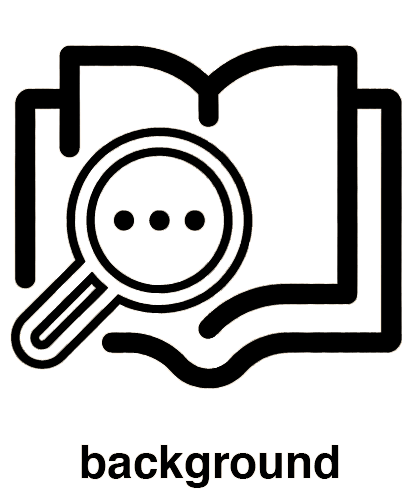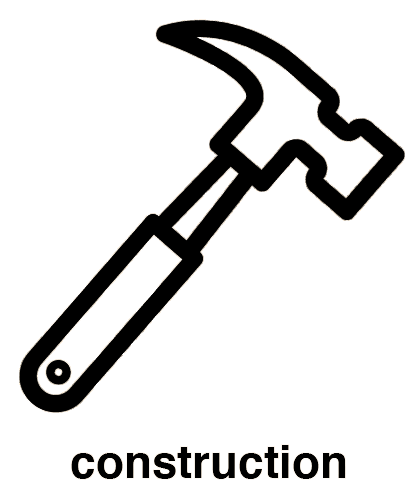-
Projects
- Environment Box
- Passive Refrigeration
- Water Cooling
- Fog Catching
- Roof Geometries
- Optimal Insulation
- Cooler Windcatcher
- Green Machine
- Mitigating Humidity
- Convective Air Flow
- Styrene Reuse
- Thermal Reflection
- ETFE Rigidification
- Phase Change Materials
- Polar Reflection
- Cavity Depth Variation
- Vapor Permeability
- Algae Facade
- Moisture Buffering
- Engineered Geometries
- Recycled Desiccant Materials
- Living Wall
- Solar Shading Facades
- SHADESin.reACTION
- Low-Fab Dehumidification
- Breathing Wall
- Urban Heat Island
- Acoustical Design
- Latent Heat of PCM's
- Insulative Qualities of Air
- About
- Lectures
- Assignments
- Workshops
- Syllabus
- Resources
Abstract
Thermal control of interior spaces is largely regulated by mechanical ventilation systems, which contribute to the built environment's enormous share of carbon emissions. Especially in regions where temperatures swing drastically from day to night, peak loads strain grid infrastructure and produce untenable energy costs. Alternative strategies to mitigate energy demand for heating or cooling utilize inherent characteristics of the natural environment. Many such tactics employ material properties in order to achieve thermal comfort without carbon intensive energy consumption. The thermal performance of phase change materials (PCMs) to store energy in the form of latent heat, provokes the exploration of related strategies in building application simulations. While many forms of PCMs exist in the building market, many of them include paraffins and other synthetic materials that have potential harmful effects on humans, in addition to environmentally taxing methods of production. While organic and synthetic products exist for use in building applications, the use of crude organic materials as PCMs is not widely implemented. The study considers commonly accessible phase change materials as options for exploring latent heat potential for controlling air temperature. Unrefined coconut oil is a naturally occurring phase change material that exists as a solid at an ambient room temperature, but liquifies as temperature increases. Like other phase change materials, the coconut oil is capable of absorbing heat from the air as it changes from solid to liquid. As air temperatures begin to cool, the oil releases that heat back into the air. The study examines how this particular material can affect air temperature in a controlled environment when a given amount of heat is introduced.
|
|






